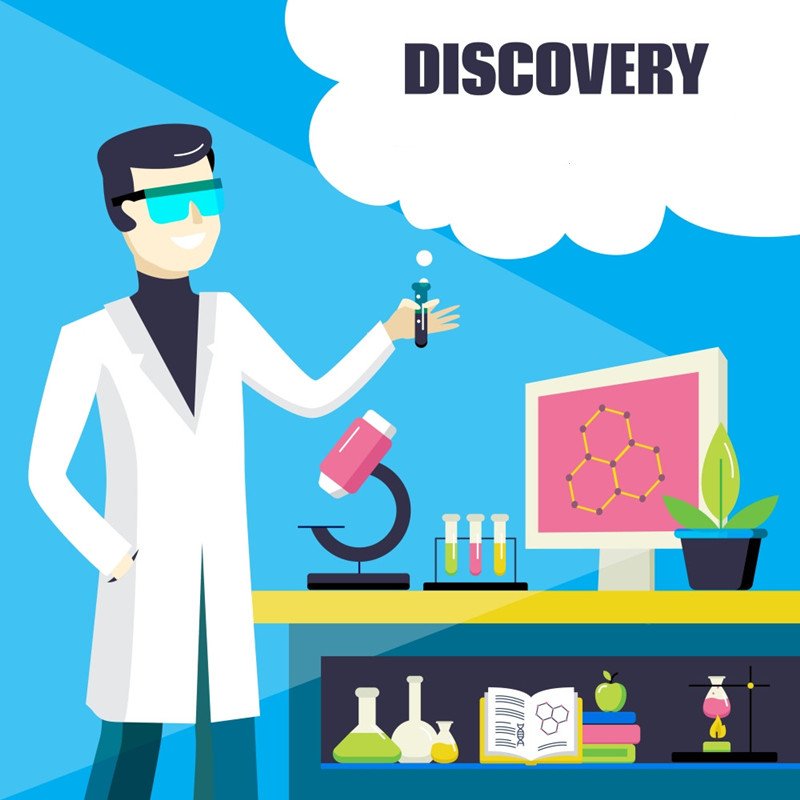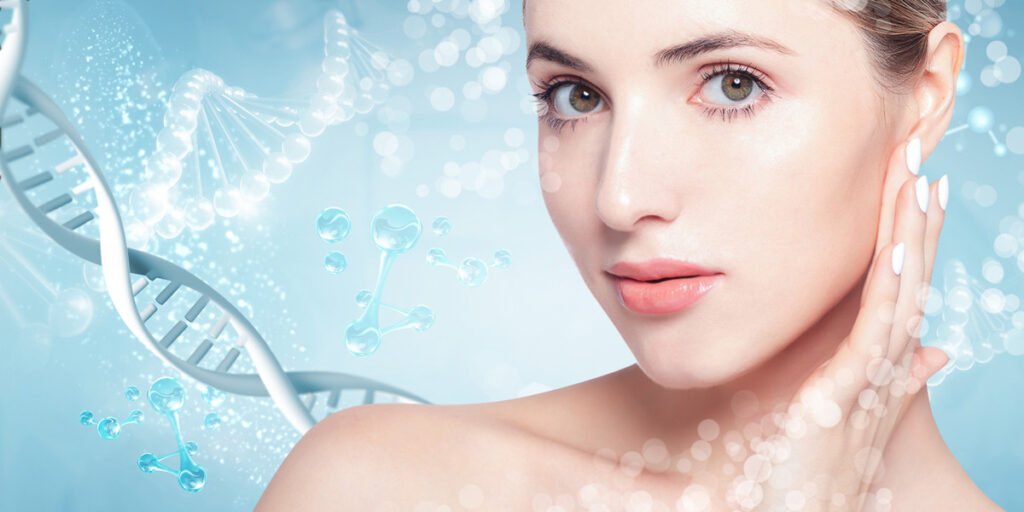Abstract: This article starts with the definition and characteristics of collagen peptides, elaborates its preparation process, and several focus issues that downstream manufacturers and consumers pay attention to during the promotion process.
Collagen is an important functional polysaccharide protein, which is closely related to cell regeneration, differentiation, exercise, immunity, joint lubrication, blood pressure suppression, wound healing, aging and diseases. Collagen peptide, the product of enzymatic hydrolysis of collagen, is a natural biological product with many physiological activities of collagen and characteristics that collagen does not have. As a functional protein ingredient, it has developed rapidly at home and abroad in recent years. Because of its remarkable physiological activity, it is widely used in functional foods, health foods, cosmetics, and medicines.
1. Definition and characteristics of collagen peptide
Collagen peptides are peptides derived from collagen. It is a product obtained by disintegrating and breaking the molecular chain of collagen under the action of heat treatment and enzymes, and then processing. Japan’s Nippi company defines it as Collagen is a protein commonly contained in animal food materials. Collagen is extracted through heat denaturation, and it is partially hydrolyzed by proteolytic enzymes to reduce the molecular weight. The substance is called collagen. Protein peptides.
Collagen peptides have the typical characteristics of polypeptides: small molecular weight, easy absorption, no antigenicity, no allergies, high safety, no side effects, high biological activity, accurate action, strong carrier transportability, etc. And because of its special structure, the content of proline and hydroxyproline is significantly higher than that of active peptides derived from other protein materials, and it has functions that other peptides do not possess. A large number of domestic and foreign studies have confirmed that collagen peptides have significant beauty (anti-wrinkle, whitening, repair, moisturizing, nourishment, breast enhancement, improvement of skin elasticity, anti-radiation, etc.), promote bone and joint health (promote bone cell production, accelerate bone development, etc.) Improve bone firmness, relieve joint pain, improve the loss of proteoglycan in articular cartilage, etc.), control body weight, etc. Therefore, collagen peptides are widely used in cosmetics, health foods, special nutritional foods, medical materials, and medicine.

2. Preparation process of collagen peptide
- Raw material selection: The main raw materials include fish skin, fish scales, pigskin bones, cowhide bones, etc., and the source is safe and pollution-free.
- Pretreatment: Mainly by controlling the temperature, acid, alkali, and salt treatment to degreasing, decalcifying, and removing protein to improve the purity of collagen to ensure the purity of collagen peptide. Degreasing is the removal of fat; decalcification is mainly to remove light-based apatite crystals and amorphous calcium hydrogen phosphate in scales and bones; de-doping protein refers to removing the protein part of non-collagen.
- Enzymatic hydrolysis: According to the quality parameter requirements of the targeted collagen white peptide, optimize the selection of the combination and dosage of complex enzymes, control the temperature, PH, and time of action, and efficiently enzymatically deactivate the enzymes by heating up or adjusting the PH.
- Refined separation: Selective adsorption, decolorization, and odor removal through activated carbon or other adsorbents. Through coarse filtration, centrifugal separation, membrane separation (microfiltration, ultrafiltration, nanofiltration) to remove pigments, odors, and macromolecular proteins and peptides to control the molecular weight of the product.
- Concentration: The concentration of the collagen peptide solution is 20-45% through membrane concentration or evaporation concentration, which saves energy and improves efficiency for subsequent drying.
- Dry granulation: get collagen peptide powder or granules through spray drying tower combined with granulator to control the density of the product.
- Packaging finished products: Operate in a clean room with temperature and humidity control (generally required to be above 100,000). The packaging is packaged in bags, barrels, and boxes (inner packaging is generally composite film). Pay attention to sun, rain, and moisture, and avoid Toxic and odorous items are mixed.

3. Several focal issues in the promotion of collagen peptides
3.1 Collagen peptide quality and raw material source
The debate on the relationship between the quality of gelatin peptide products and the source of raw materials mainly focuses on two aspects, one is raw materials from different animal sources, and the other is raw materials from different parts.
- Different animal sources
It mainly includes the skin and bones of land-derived livestock and poultry (mostly pigs and cattle), freshwater fish skin and scales, and deep-sea fish skin. In recent years, the spread of infectious diseases such as mad cow disease and foot-and-mouth disease, as well as the illegal use of hormones and antibiotics in the breeding process of livestock and poultry, has intensified people’s concerns about the safety of raw materials for livestock and poultry; in addition, offshore or farmed fish have been affected to varying degrees. Pollution and its safety are also worrying. Therefore, some collagen peptide manufacturers claim that the collagen peptides produced from deep-sea fish skin sources have the highest safety and the best quality. This is misleading.
From the perspective of safety, as long as the raw material breeding base and the breeding process are controlled in place, the raw materials from its source are safe. Therefore, when choosing collagen peptide raw materials, we should pay attention to the qualification of the raw material breeding base. From the perspective of quality (mainly referring to physiological effects), the current domestic and foreign studies have not proven which is better and worse. From the perspective of the content of the characteristic amino acid hydroxyproline contained in collagen peptides from different raw materials, livestock and poultry skins> Freshwater fish skin and scales>deep sea fish skin. Collagen peptide products processed with safe livestock and poultry skins and bones, freshwater fish skins and scales, etc., because of the guaranteed source of raw materials, from the current market, their cost performance is significantly higher than that of deep-sea fish skin-derived products.
- Sources of different parts
Collagen is a general term for a type of protein, rich in diversity and specificity of tissue distribution, that is, different parts of the animal contain different collagen. Therefore, some people have proposed that collagen peptides prepared from skin collagen have better skin-beautifying effects, or collagen peptides prepared from bone collagen have better bone-building effects. However, there is no systematic data in this area. Due to the different composition and structure of collagen in different parts of different animals, the composition of peptides in the enzymatic hydrolysis products is different. It is difficult to draw a unified conclusion. It should depend on the collagen structure (especially amino acid composition) of its raw materials.
3.2 The relationship between the role of collagen peptide and its molecular weight.
The molecular weight of collagen peptides varies with factors such as the source of raw materials, production processes (including enzyme selection, time, and temperature), and is generally within the range of 100-10000 Dal. At present, the molecular weight of products produced by domestic and foreign manufacturers is mainly concentrated below 5000Dal. To highlight the needs of their products during the promotion process, domestic collagen peptide manufacturers often promote a specific molecular weight segment. For example, some suggest that small peptides with a molecular weight of less than 100 Dal have the best effect, and some believe that a small peptide with a molecular weight of less than 300 Dal has a good effect, and so on.
Since collagen peptide itself has a variety of activities such as enhancing skin moisturizing properties and strengthening bones, and different functionalities require different product structures (including molecular weight, amino acid composition, etc.), it is obvious that collagen produced by different raw material sources or different processes has a molecular weight. The characteristics are similar, and the effects are also different. In addition, considering the differences in the digestion and absorption process of different collagen peptide products in the body, it is not possible to simply describe the relationship between the role of collagen peptides and the molecular weight of the collagen peptide. Strict scientific experiments (including in vitro experiments, animal Experiments, human experiments, etc.) research to prove.

3.3 Regulations for the application of collagen peptides
The U.S. Food and Drug Administration (FDA) listed collagen in the catalog of the highest safety level and assigned it to the food additive ingredient safety level GRAS for direct use, which facilitates the wide application of collagen peptides in various foods.
There are currently three major regulatory standards related to collagen peptides in China, including: (1) QB2732-2005 Hydrolyzed Collagen: Applicable to hydrolyzed collagen powder and hydrolyzed collagen aqueous solution produced from gelatin; (2) GB/T2729 -2008 Ocean fish oligomeric skin powder: suitable for oligomeric skin powder products with a molecular weight of less than 1000Da produced by enzymatic hydrolysis using marine fish skin, fishbone or fish meat as raw materials; (3) SB/T10634-2 011 freshwater fish collagen Protein skin powder (industry standard for domestic trade): It is suitable for powdered products with freshwater fish skin and scales as raw materials, produced by enzymatic hydrolysis, and with a relative molecular mass of less than 5000D peptide as the main component.
The three standards are aimed at different raw materials, processes, and product quality indicators. In actual applications, each manufacturer chooses the corresponding standards according to the characteristics of their products. This also directly leads to the confusion of product identification on the market, which is not conducive to collagen peptides. Industry norms. At present, the industry urgently needs to issue uniform standards to guide raw material manufacturers to standardize production, and end-product manufacturers to scientifically add collagen peptides so that consumers can rest assured to choose collagen peptide products.
In summary, the collagen peptide market needs to develop in a healthy and orderly manner. On the one hand, the government needs to strengthen supervision, introduce standards as soon as possible, and classify products to ensure that there are guidelines for product production and use; on the other hand, the entire industry, including enterprises and practitioners, is required. Establish a stance of integrity to the society, eliminate inferior raw materials in production, strictly control quality, and adopt scientific methods to guide consumers rather than inducement in sales.

